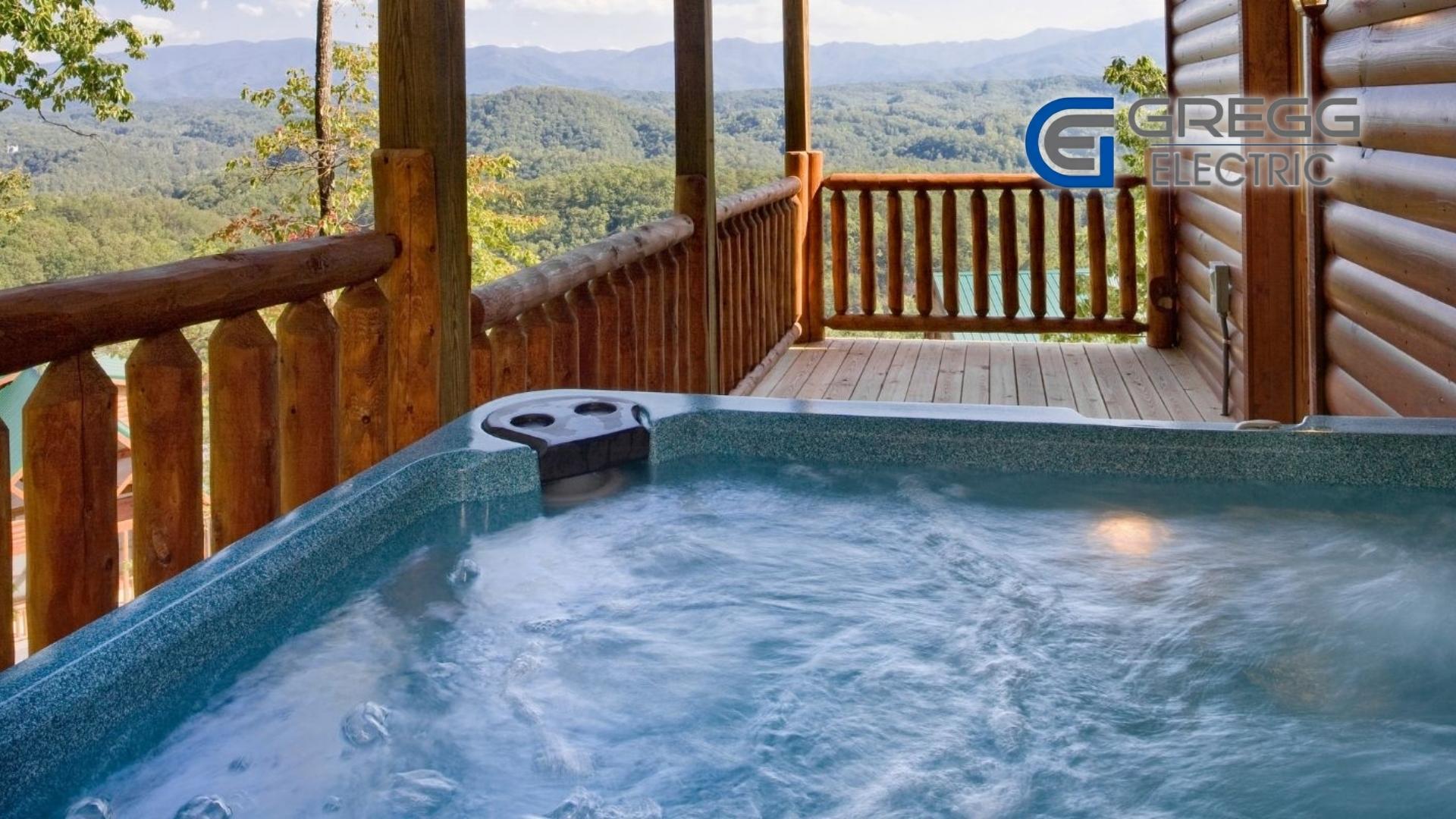Table of Contents
- What Is a Hot Tub?
- Choosing the Right Hot Tub for You
- Wiring and Installation Tips for Hot Tubs and Spas
What Is a Hot Tub?
A hot tub is a tub which can accommodate at least two people (usually many more) and contains heated water. In contrast to standard bathtubs, hot tubs are built to accommodate many users simultaneously. They can be used for hydrotherapy, relaxation or just recreation.
The shell is the inside component of a hot tub which contains the water. The outer cabinet of a hot tub keeps the shell in place. In addition to pumps which circulate water in and out of the tub and jets to massage tight muscles, hot tubs also have filters to keep the water clean.
Because hot tubs are large and have a tendency to spill water, most owners install them outside on a deck or patio. Above-ground tubs are less costly than their in-ground counterparts. Remember that hot tubs need regular maintenance almost daily; thus, accessibility is crucial.
Choosing the Right Hot Tub for You
First, evaluate the area where the hot tub could be installed. Incorporate the foundation into the price if you lack one. Consider how often you’ll use the hot tub and how many people you’ll need to accommodate; if you have a large family or often host visitors, it’s best to go for a large hot tub.
These considerations can help you determine a budget for your hot tub. Then, you can select the desired material and add extras. Consider monthly maintenance expenses as well. The right hot tub for you will have all of the components and extras that satisfy your demands and fit within your budget.
Wiring and Installation Tips for Hot Tubs and Spas
There are several considerations when building a hot tub or spa in your home. Consider the following guidelines for a seamless, secure and effective installation:
1. Acquire All Required Permits
Before buying a spa or hot tub, we highly advise acquiring all necessary installation licenses. Before acquiring a hot tub or installing one, it is essential to be aware of any tub placement regulations concerning your residence. The majority of municipalities have ordinances and regulations requiring permits for outdoor electrical lines.
2. Select the Appropriate Location
After obtaining all necessary permissions and confirming compliance with local ordinances, you must decide where to build your hot tub or spa. Ensure you have a firm, level surface, a stable foundation, and a sufficient pathway when selecting a spot. Consider that some bases and foundation materials (such as gravel) may violate the warranties of certain hot tub manufacturers. Ensure that the space you choose for an indoor spa is tolerable of high humidity and temperature conditions. This space will also need enough ventilation to avoid mold and moisture collection.
3. Know Electrical and Wiring Requirements
The majority of spas and hot tubs need a 240-volt connection; therefore, they cannot be plugged into a conventional outlet. An extra circuit breaker must be put in your main electrical panel to satisfy this power demand. This is a complicated and possibly dangerous task that, if not executed properly, can result in electrical surges or fires. Consider hiring a professional electrician from Gregg Electric to guarantee the task is handled professionally and securely.
Contact your expert staff at Gregg Electric to learn more about hot tub installation standards and best practices in the Surrey area. Call us at (604) 557-4734 or visit us online today.




